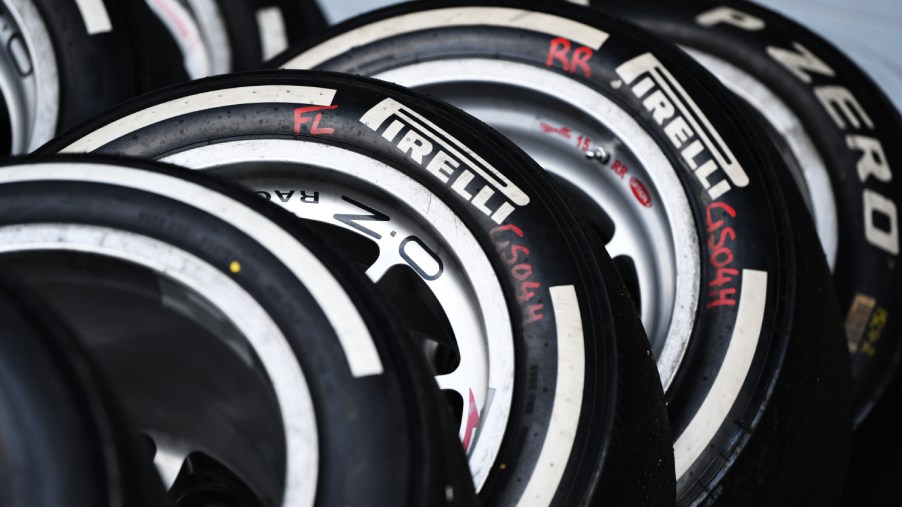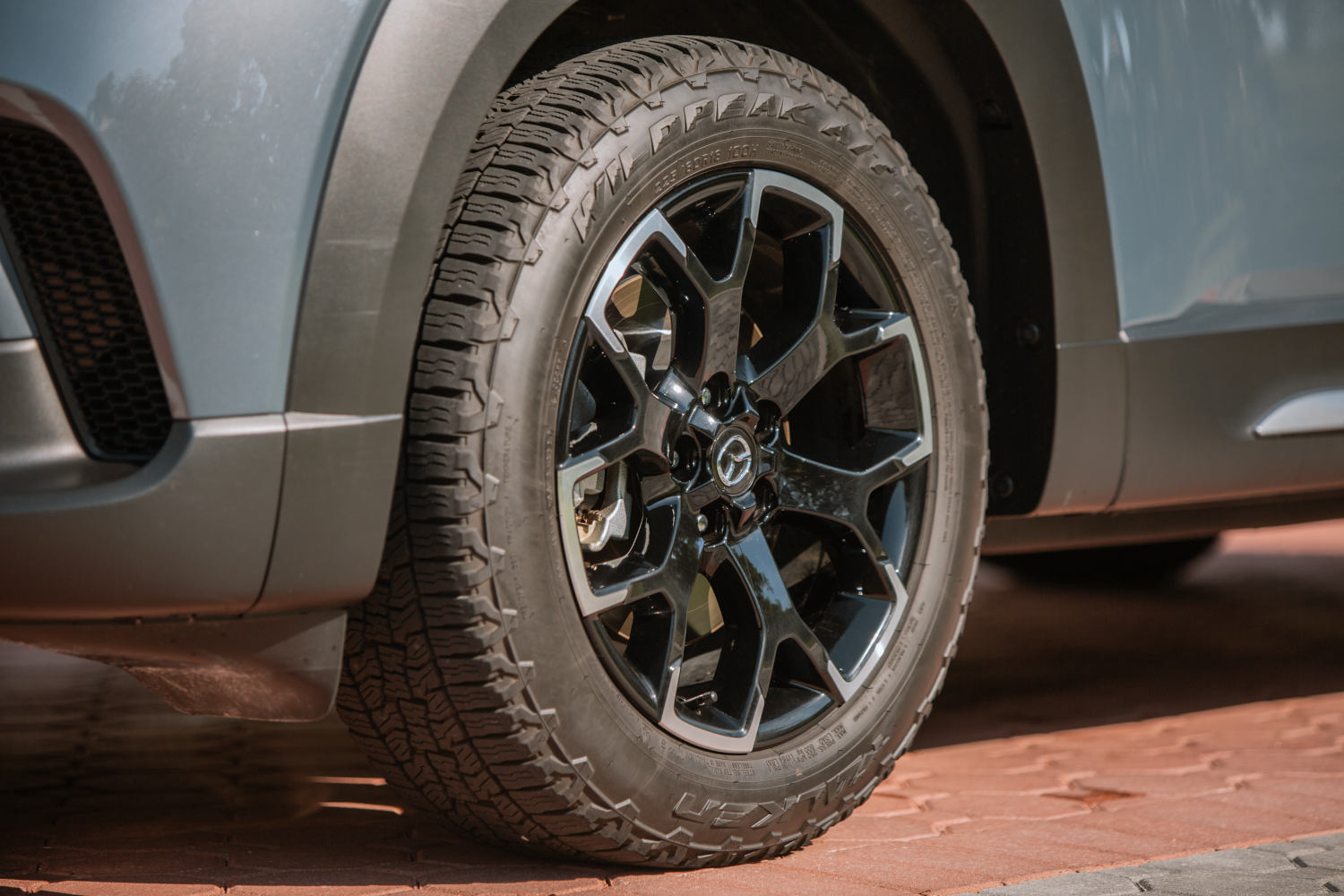
Tire Size Calculator: What Tire Size Do You Need?
Choosing tires for your car, truck, or SUV is just as important as actually driving the vehicle. There are different brands, tire sizes, and different inflation levels based on what your car is doing. Get to know more about the tires on your vehicle below with a tire size calculator.
Use a tire size calculator for accuracy

Your tires are the only part of your car, truck, or SUV that actually touches the road. If the tires are ill-fitting, over-filled, or under-filled, this poses a risk to you and others. Using a tire size chart can help ensure you arrive safely with properly fitting tires.
Generally, you can use a bigger tire size than what might be on your vehicle now. Experts suggests that you stay within three percent of your current tires. You can input the current tire size on Car ID to see comparable tires that would work.
In the case that you want bigger wheels, you need bigger tires to fit the bigger wheels. The tool linked above will help ensure you choose tires that will fit if you want to change the wheels.
What do the numbers on the tires mean?
Goodyear has a helpful guide for deciphering these numbers and letters. Each one has a specific use to ensure the tires are safe to use on your car. pIf you look at your tires, you will see some numbers and letters. For a 2014 Mercedes CLA45 AMG, the preferred tires are 235/40ZR-18. The first set of three numbers refers to the tire width. These tires would be 235 millimeters wide. The “40” is the aspect ratio. This means that the height is equal to 40% of the tire’s width. The bigger the aspect ratio is, the bigger the tire’s sidewall will be.
Most tires have an “R” next instead of “ZR.” The R stands for radial, and the ZR means the tires are rated for a higher speed. In this instance, it means the tires are rated for 149 miles per hour or more. The final set of numbers tells the wheel diameter. These particular tires would be 18 inches in diameter.
What are the different types of tires?
There are also various kinds of tires. Some of the more common tires are these. All-season tires are just like it signs, good for all seasons. These are best for small cars and small trucks or SUVs. Such tires usually come in sizes from 14 to 18 inches.
Performance all-season tires are better for higher speeds and better grip. Such tires are still good for all seasons but provide better handling. These tires are generally 15 to 20 inches.
Ultra-high-performance tires are generally for sports cars or higher-end vehicles that might be driving harder. Unfortunately, bigger tires such as these are not the most comfortable. Such tires are also not great for cold weather or icy conditions. These tires are generally 17 to 22 inches.
All-season truck and SUV tires are better for bigger trucks and SUVs that weigh more. These tires allow for towing and are generally 16 to 20 inches. Snow and winter tires for performance, trucks, and sedans are obviously for winter weather. Having knowledge about tires makes it easier for you to maintain your car and safely get from point A to point B.



